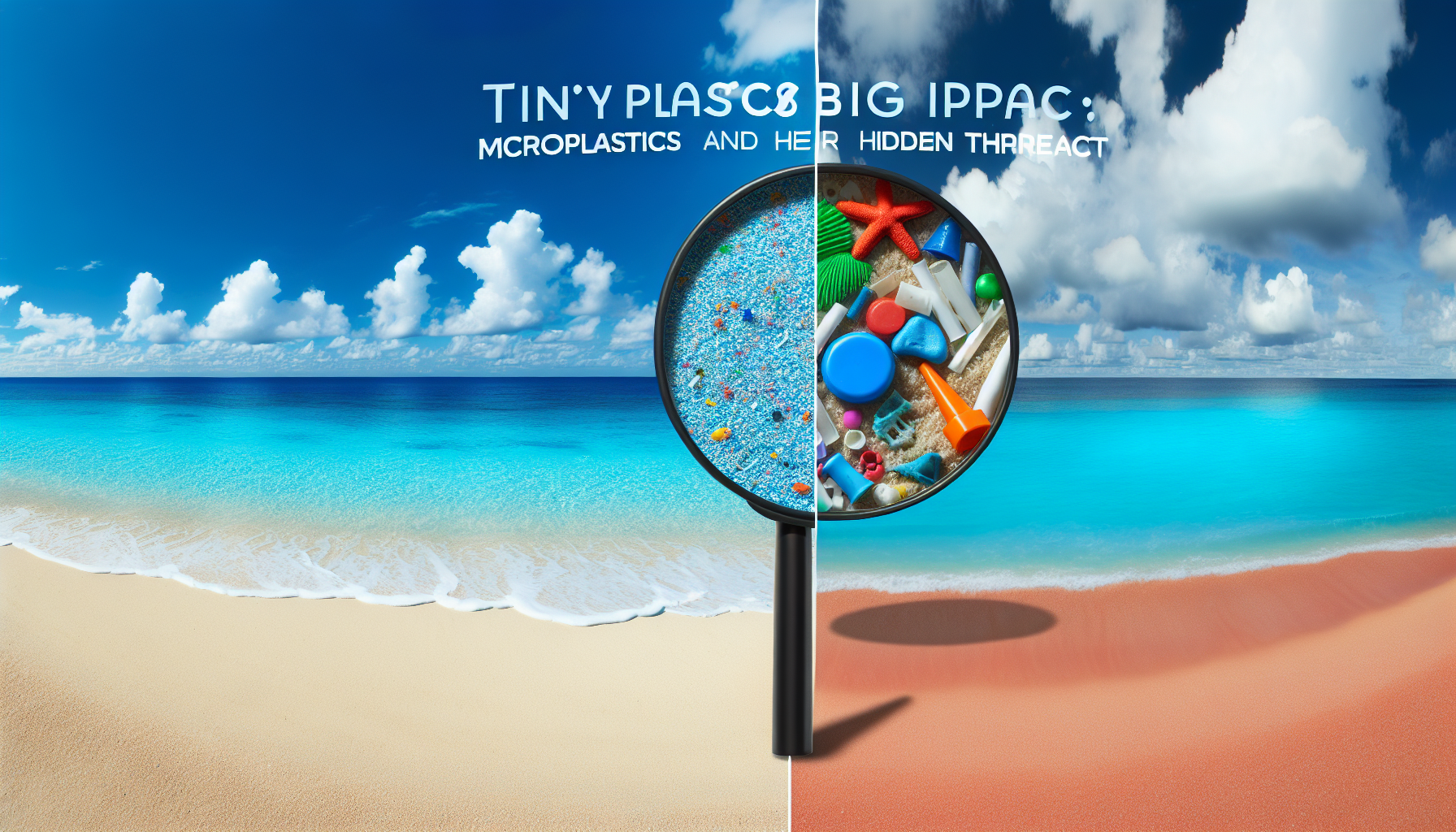How Tiny Plastics are Shaping Our World: Unveiling the Hidden Threats
Introduction: The Unseen Pervasiveness of Microplastics
Have you ever wondered how something as small as a grain of sand can potentially upend ecosystems and even challenge our health systems? Welcome to the world of microplastics, those tiny fragments of plastic less than 5mm in size. Found everywhere, from the depths of our oceans to the food we eat, these little pollutants are making a bigger impact than most of us realize.
What Are Microplastics?
Microplastics are essentially tiny bits of plastic, often derived from larger plastic debris that degrades over time, as well as microbeads used in cosmetics. They are small enough to be invisible to the naked eye but are causing a stir due to their widespread presence and their potential to cause harm. They enter our environment through various means such as tire wear, synthetic clothing fibers, and even degradation from larger plastic items.
The Surprising Connection: Microplastics and Antibiotic Resistance
Imagine popping an antibiotic pill and it not working as expected. One of the latest research revelations highlights a startling impact of microplastics on health: they enhance the antibiotic resistance of bacteria like E. coli. A study conducted by a team led by Professor Muhammad Zaman at Boston University found that in an environment full of microplastics, E. coli developed a higher antibiotic resistance. The plastics create a 'hotspot' for resistant bacteria, making these pesky microbes tougher to tackle—a chilling reminder that microplastics aren't just environmental nuisances but potential health menaces.
The Heartbreak of the Matter: Impact on Cardiovascular Health
Microplastics are also stealthily taking a toll on our cardiovascular systems. Research published in the New England Journal of Medicine showed that individuals with microplastic residues in their bloodstream are at a heightened risk of heart attacks and strokes. These particles could promote clot formation and impede blood flow, worsening not just heart health but overall well-being. Such findings underline the pervasive nature of microplastics and their insidious link to diseases we typically attribute to other causes.
Agriculture and Aquaculture on the Brink
The ecological impact of microplastics is no less concerning. Chinese researchers from Nanjing University found that these tiny pollutants interfere with plant photosynthesis by blocking sunlight and releasing toxic substances. This disruption is not just affecting terrestrial plants but also aquatic life, influencing the entire food chain. With agriculture and aquaculture both reliant on photosynthesis, the reduction in efficiency could lead to significant drops in crop yields and fish stocks, jeopardizing food security for millions.
Embracing Change: Why Reduction is Necessary
Reducing microplastic contamination is critical not just for environmental health but for tackling broader issues like antibiotic resistance. Efforts must focus on reducing plastic use, improving waste management, and developing new materials that are less harmful. Innovations like bioplastics, stronger waste filtration systems, and public policies reducing plastic production and use are all steps in the right direction.
Challenges in Measuring Impact
Studying microplastics is still a field full of unknowns. Current scientific methods, while sophisticated, have limitations in quantifying the exact damage these particles cause. The tools used, such as py-GCMS, sometimes miss the mark in distinguishing between plastics and other organic materials. Thus, the scientific community emphasizes the need for enhanced research tools and broader sample analyses to fully grasp the long-term effects.
Conclusion: Tiny Dangers, Big Consequences
As we delve into the microscale, the far-reaching implications of microplastics become undeniable. While these tiny threats continue to weave their web across ecosystems and into our bodies, there's an urgent call for each of us to act—whether by reducing our plastic footprint or advocating for better policies. As we confront this challenge, we're left with a thought-provoking question: What changes are you willing to make daily to ensure a healthier planet today and for future generations?

